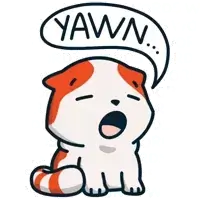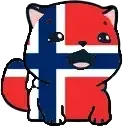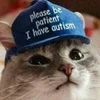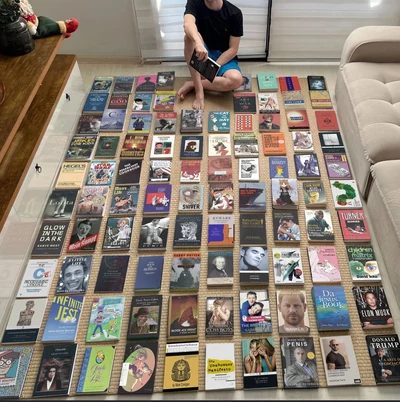I decided on a whim to watch:
Target audience: Young children
Tree: Mother figure
Child: Self-insert / mirror to the reader'
The story is clearly about being grateful to your mother/parents, we are meant to be uncomfortable about the attitude of the child who takes these acts of giving for granted, and ultimately remember that it has been a while since we told our parents that we love them.
The line: "but not really" is obviously about the tree being sad the child is leaving. Happy she could help him, sad that the child is leaving for an undetermined amount of time. Silverstein didn't include this line in the animated version because he realized that it introduced ambiguity that a lot of people were evidently too retarded to resolve, and it didn't really impact the intended meaning (though it makes it less sad).
People seem to miss the fact that it is a children's book and that this must be taken into account when trying to analyze the meaning of the work. Can a child identify with a one sided romantic relationship? No, because it is a child. But mommy buying them an ice cream when they ask for one? Yes, every child has pestered their parents about getting something at some point. Even if they didn't, parents make countless small acts of self-sacrifice for their children without expecting thanks.
Am I missing something? !bookworms
The book that should really be controversial, is "The Rainbow fish". That one just has a straight up terrible message.














Jump in the discussion.
No email address required.
It has a different meaning for children and adults.
Gratitude is a complex emotion. Younger children don't really feel it. They're happy when you do things for them, but they also feel that the nice things they get are things they should have.
As an adult you can either take the happiness as a form of primitive gratitude, and take joy in the happiness of another. Or you can seethe about it.
I like the book, I think the flexibility of the symbol makes it interesting. I don't think it's making an argument about this sort of one-directional relationship. It's just depicting one in simple terms, and we can choose how to think about it
Jump in the discussion.
No email address required.
More options
Context